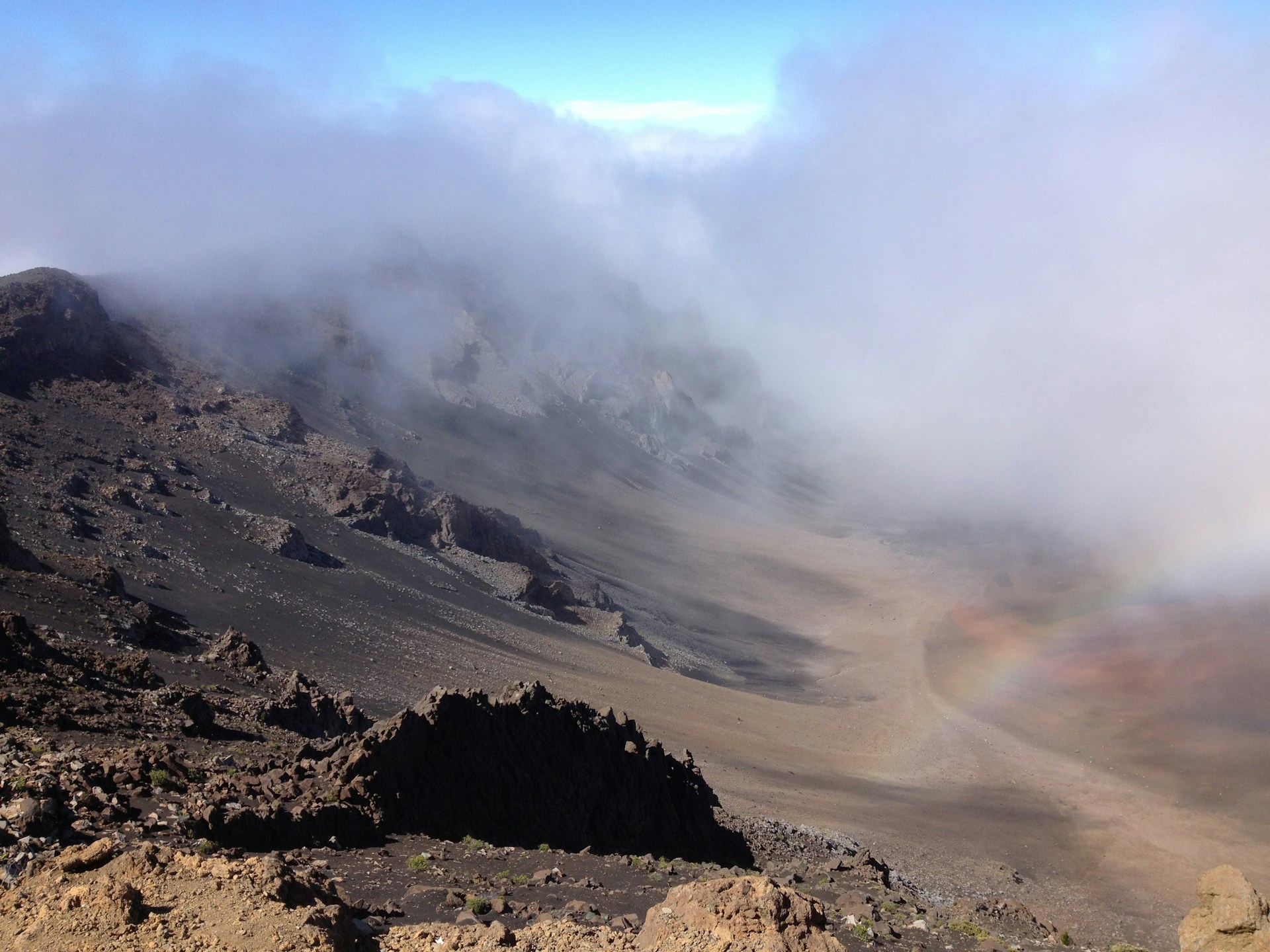A study reveals temperature fluctuations of up to 25ºC over the past 485 million years
A study has analyzed changes in the Earth's average global surface temperature over the past 485 million years and has discovered oscillations ranging from 11°C to 36°C, representing a variation of up to 25°C. The research concludes that temperatures during the Phanerozoic underwent more fluctuations than previously thought and shows a correlation between CO2 and changes in Earth's temperature. The article, published in the journal Science, combines thousands of data points with a modeling method used for weather forecasting.

Ernesto Rodríguez Camino - cambio temperaturas 485m años EN
Ernesto Rodríguez Camino
Senior State Meteorologist and president of Spanish Meteorological Association
The work developed by the Smithsonian Museum of Natural History (United States) and the University of Arizona (United States) provides a much more detailed view of how temperatures have varied over the past 485 million years (Phanerozoic) compared to what was previously known. To achieve this, the authors used a methodological approach based on data assimilation, in which they statistically combined more than 150,000 individual proxy data points (such as ice cores, tree rings, or marine sediments) with simulations from climate models. Data assimilation has been routinely used in numerical weather prediction by meteorological services for their operational forecasts, but its use in paleoclimatology has been very limited to date. This methodology provides a coherent view of the various variables that define the past climate and fills the gaps in time and space that are not covered by climate proxy data.
The novel use of this data assimilation technique in paleoclimatology has made it possible to establish the strong correlation between CO2 concentration and the global temperature of the Earth throughout the entire Phanerozoic eon considered in this work, beyond the much-studied last 66 million years (Cenozoic). It has also established that temperature variations throughout the Phanerozoic are larger than previously estimated, with oscillations of up to 25°C in the Earth's global temperature, encompassing very cold periods of up to 11°C with large ice sheets and very warm periods of up to 36°C with no ice sheets.
This work is a significant step toward better understanding past climates, helping to contextualize current climate change and future projections.
Fidel González - temperatura millones años EN
J. Fidel González Rouco
Research professor at the Institute of Geosciences, IGEO (CSIC-UCM)
The Phanerozoic (last ca. 540 million years) is the last eon in Earth's history. It means that life ‘becomes visible’ and corresponds to the time from which larger organisms with calcareous skeletons developed, many of which have left traces in the form of fossils.
This work offers a review of the fossil information through a robust methodology that allows for a reconstruction of global temperatures over the last 485 million years, most of the Phanerozoic. The work is important for the observational and methodological development but, above all, it allows several things.
- It allows us to put current climate change in a broad temporal perspective.
- It allows us to see that there have been major climate changes in the past and that times of rising temperatures have had consequences for species and ecosystems.
- It shows the close and regular relationship between temperature changes and carbon dioxide.
These changes have always been relatively slow and the work allows us to reflect on the risks of currently generating rapid changes in concentrations of CO2 and other greenhouse gases due to emissions associated with human activities.
Emily J. Judd et al.
- Research article
- Peer reviewed
- Modelling



